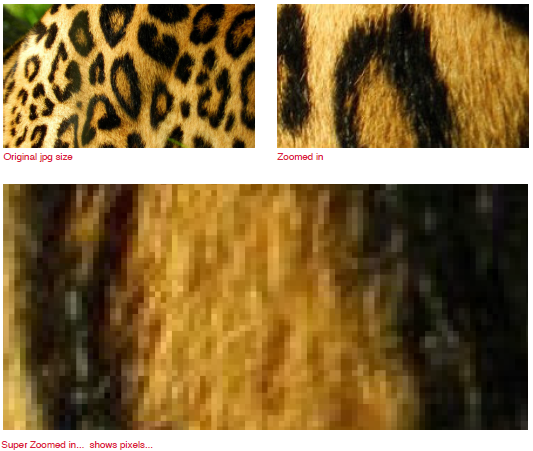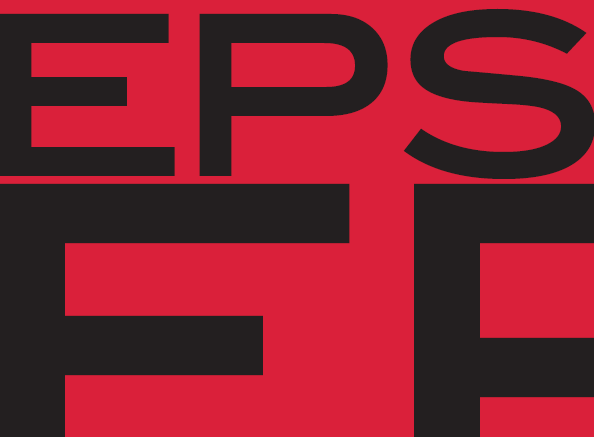
Ever wondered how brands determine color palettes? How McDonalds, T-mobile, Coca-Cola and many more created their logos? Or how brand standards are developed and executed?
All of these elements are strategically implemented through graphic designers, art directors and creative directors. Through their work, brand personality is brought to life. But if you ask them how they go about illustrating “aspiration,” “fun,” “honest” or any number of brand attributes, you’d better bring along a translator. Like most professionals, creatives have a language all their own.
If you’re in marketing, you need to understand the language—at least the basics. Here are 18 graphic design terms every marketer should know (by group):
Type elements.
1. Typography is the art of arranging type elements.
2. Font is a specific style of type elements. You know, like Times New Roman, Arial?
3. Kerning is the space between each letter of text.
4. Leading is the space between each row of text.
Look and Feel.
5. White space refers to the empty areas around a design.
6. Margin refers to the space between the border and the design.
7. Bleed is when the design extends outside the edge of the page.
8. Pixel is the smallest unit of measurement of an image. Typically associated with digital advertising units, a pixel is the smallest amount of phosphor a screen needs to light up.
File types.
9. PNG (Portable Network Graphics) – PNG’s are file formats that are commonly known for graphic files used online. This file type has a transparent background, which allows for it to be placed on colored backgrounds. However, when enlarged, a PNG file will become pixelated (i.e. fuzzy, or undefined, not sharp and crisp). This file type is typically used for display images and logos on the web.

10. JPEG (Joint Photographic Experts Group) – JPEG is the most commonly known file format for pixel based graphics. This file type does not have a transparent background and may become pixelated when enlarged.


11. EPS (Encapsulated PostScript) – Similar to PNG files, EPS files have transparent backgrounds and can be placed on colored areas. When enlarged, an eps file will still maintain the quality of the visual.

12. GIF (Graphics Interchange Format) – GIFs can be static or animated. When animated, a gif will display timed images. These types of files are most commonly used on the web for banner ads, etc.
13. Vector files can be scaled to any size without distortion. This type of graphic is primarily used in printing, as the design can be enlarged without losing image quality.
Production elements.
14. CMYK involves cyan, magenta, yellow and black. These colors are involved when branded items are going to print.
15. RGB involves red, green and blue and are used within digital advertising.
16. DPI/PPI. DPI stands for dots per inch and PPI stands for pixels per inch. On computers, DPI is a measurement of the sharpness on a screen. For print production, DPI is a measurement of image quality. PPI is specific to digital advertising. It is the measurement of pixel density on your screen (computer, TV etc.).
17. Live area is the area where all important advertising messaging and visuals must be contained.
18. Safe Area refers to the area within a red dotted outline when viewing your design before production. Everything within the red dotted outline is considered safe, and will be preserved during production.
Curious about other advertising terms? Here are 13 website design terms every marketer should know.
























Literally, Graphic design is
Literally, Graphic design is an exciting field in which a designer can efficiently make any creative design without grasping the exact meaning of the terms normally expressed in the graphic design workplace. It is my personal observation that graphic designers have considered in learning the practical skills neither the theoretical knowledge. By the way, I have written an article for the graphic designers who are intrigued to learn the cutting-edge graphic design trends in 2018 Read Here https://www.branex.com/blog/graphic-design-trends-for-2018/.
Your Best Regards
Josh Davidson
You have an inventive
You have an inventive personality and a want to apply your plan abilities in a vocation, yet it’s a bit of scaring to hang out with a gathering of planners who calmly toss around industry terms you don’t see each day
By the way, I have written an article for the graphic designers who are intrigued to learn the cutting-edge graphic design trends in 2018 Read Here
https://dubaimonsters.com/blog/top-8-web-design-trends-2018/